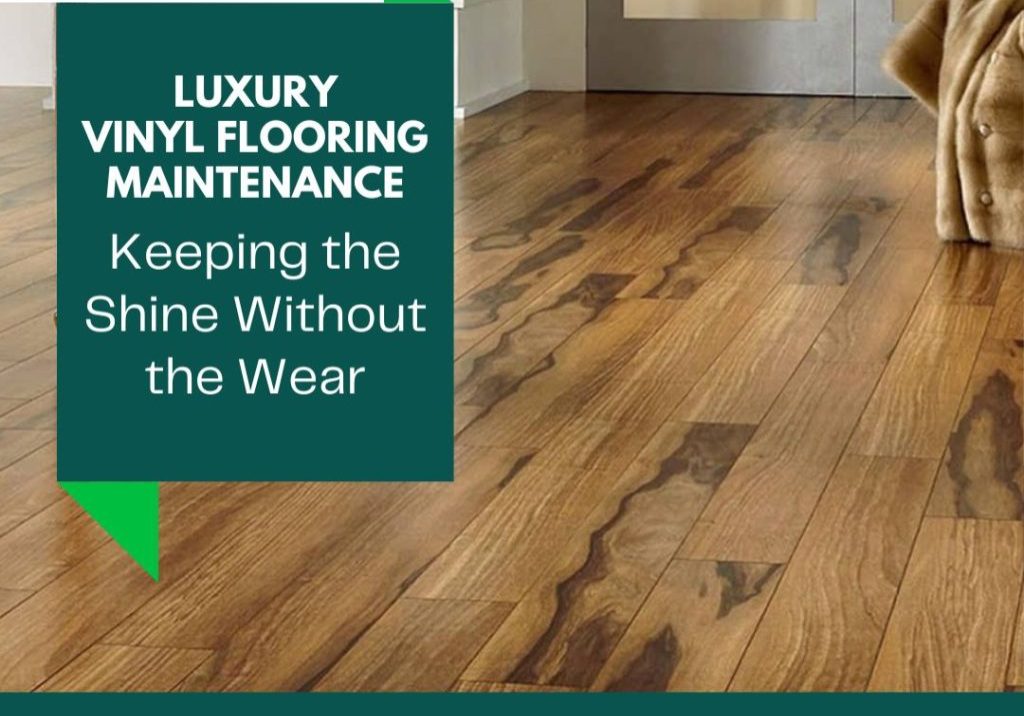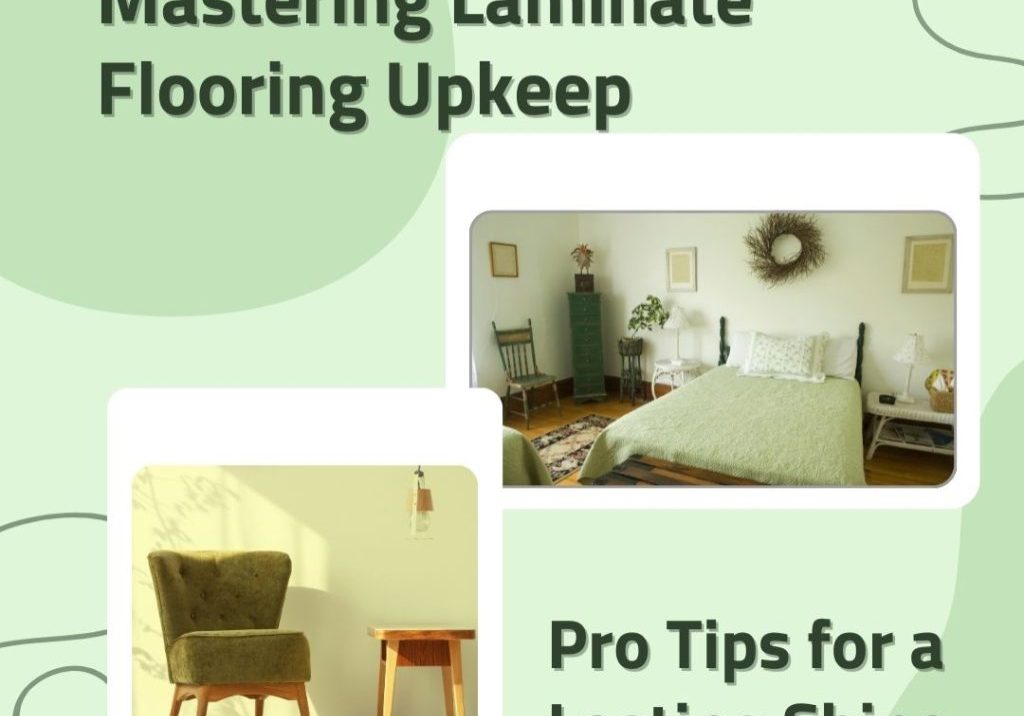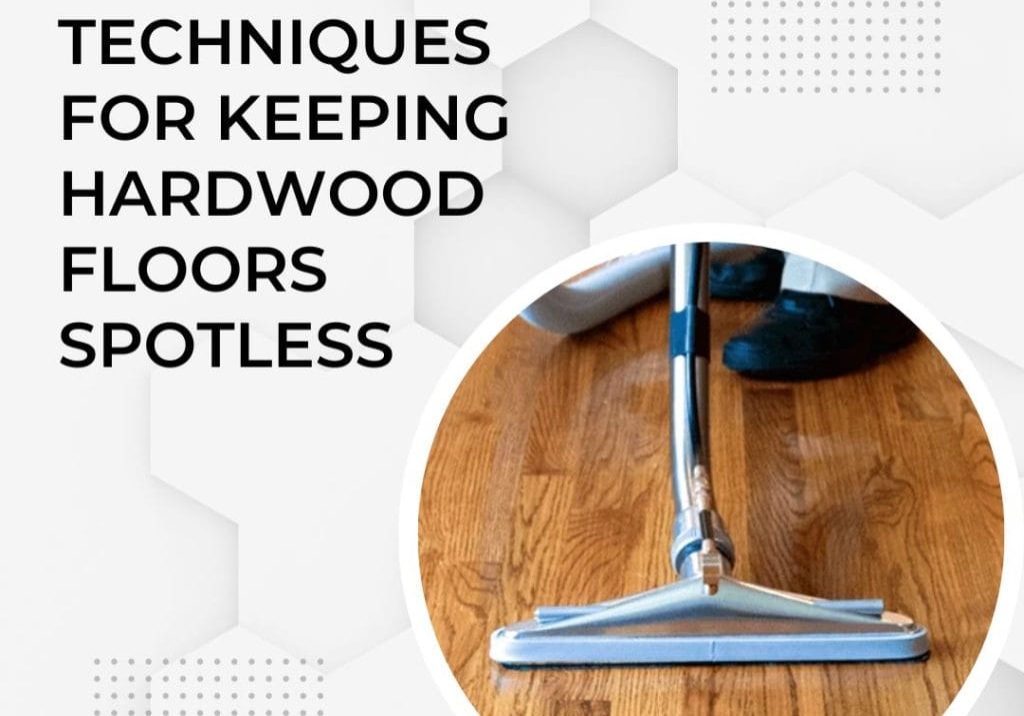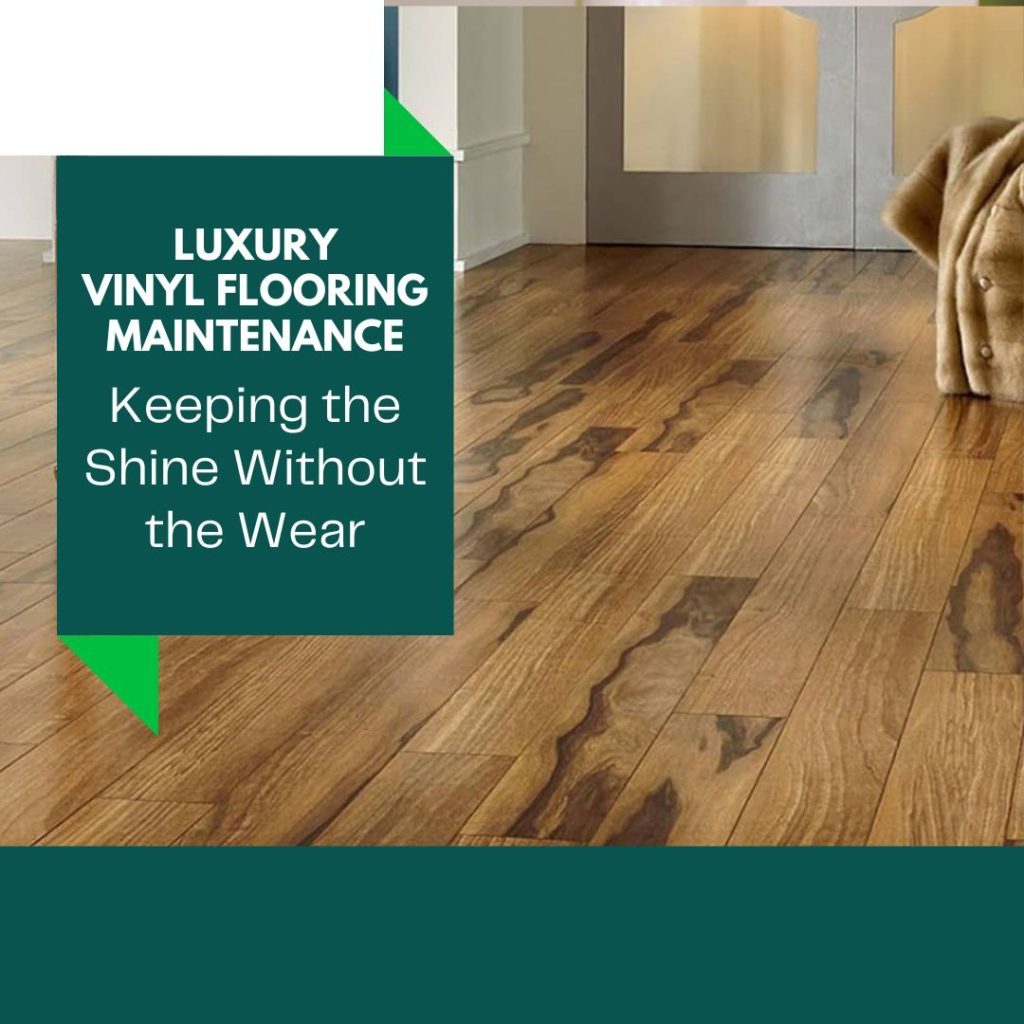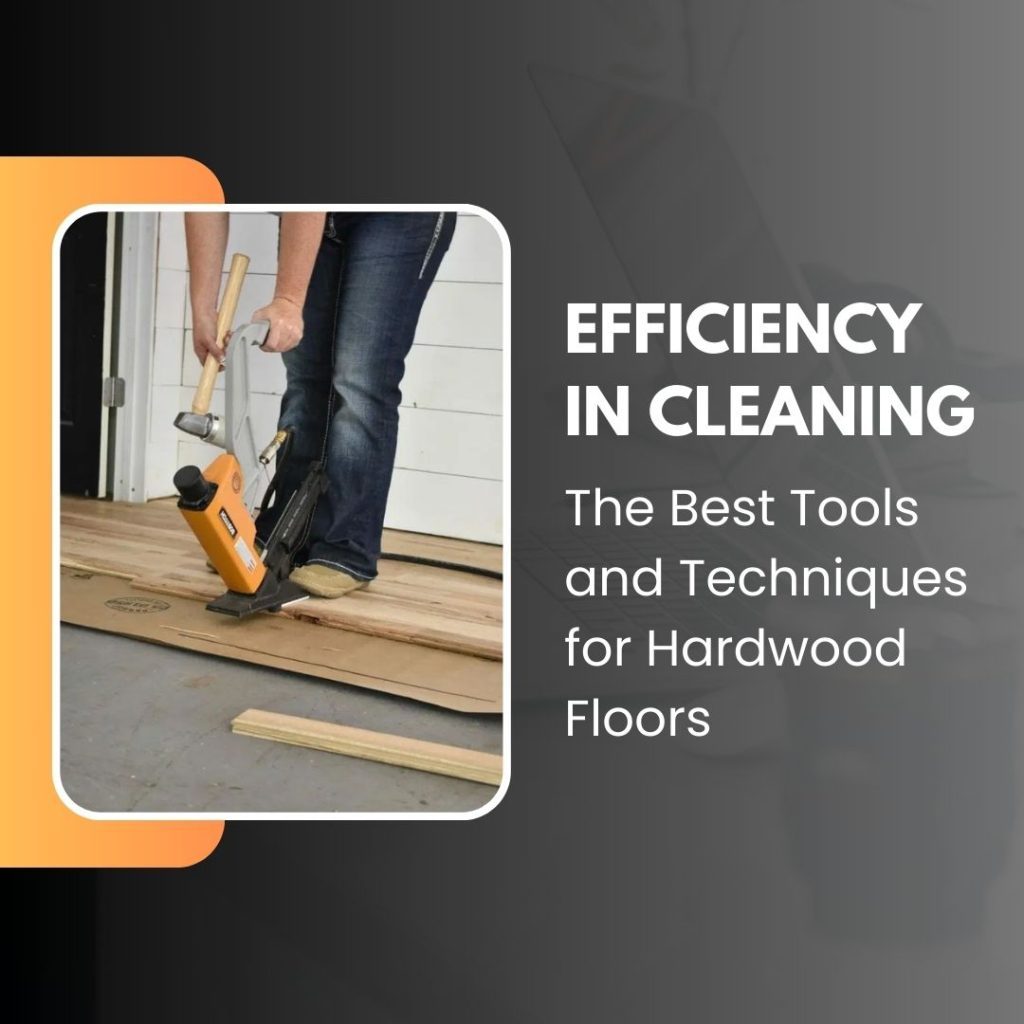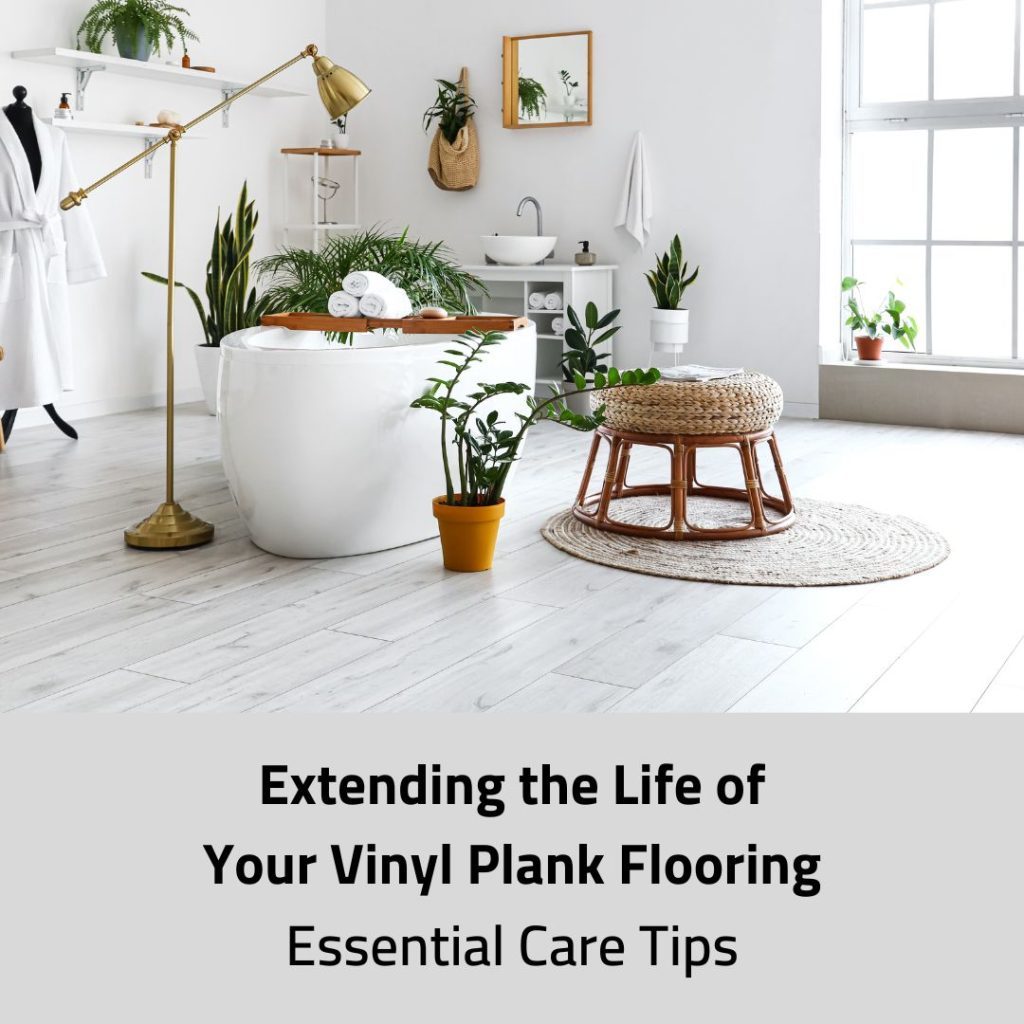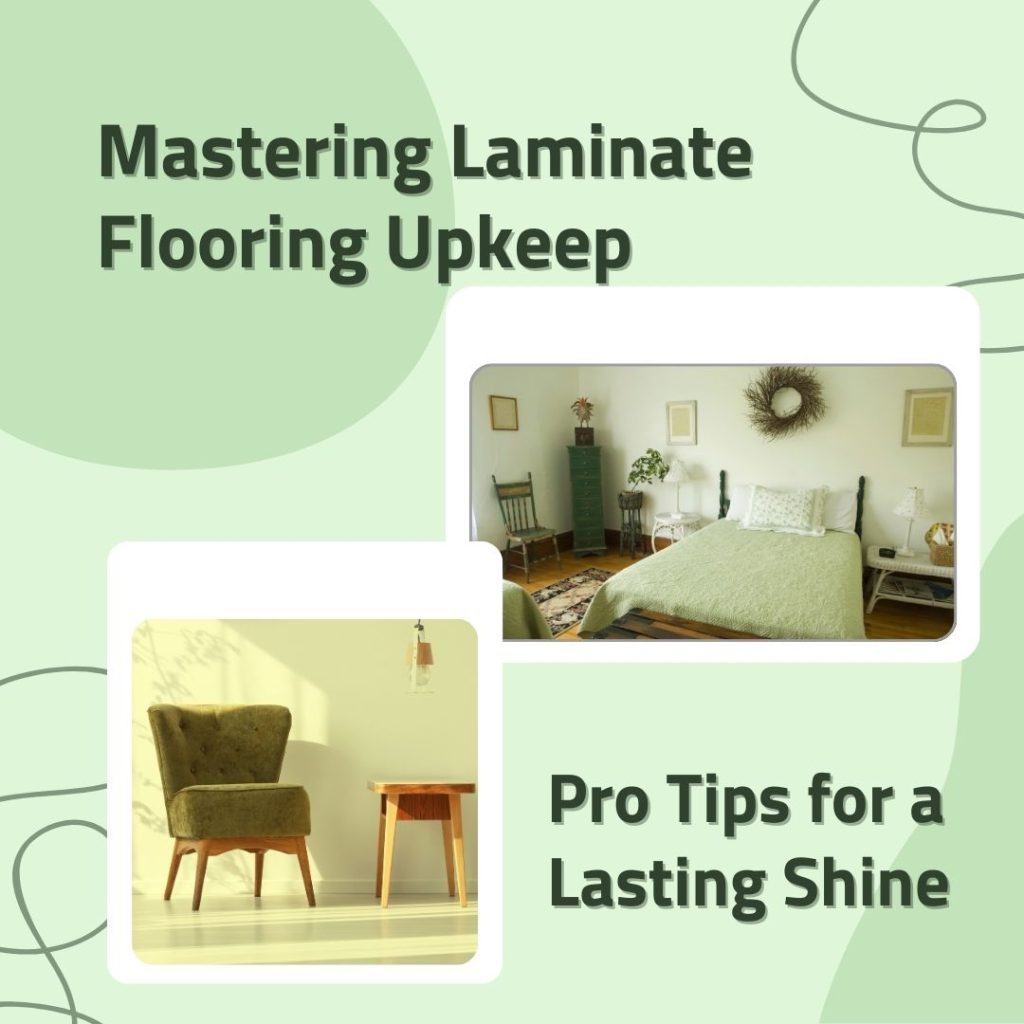Hardwood floors are a classic choice for businesses, adding an air of professionalism and elegance to any space. However, one common challenge many business owners face is scratches on these surfaces. This issue, if not promptly addressed, can detract from the overall appearance of your premises, impacting the impression that your business depicts. This is where solutions like wood floor scratch repair come in handy. By learning how to treat scratches on hardwood floors, you ensure that your business space remains pristine and inviting, reflecting the high standards of your operation. Understanding and addressing this common problem is integral to maintaining a well-kept professional environment.
Identifying the Severity of Scratches
Before plunging into the scratch repair process, it’s essential to correctly identify the severity of the scratches on your hardwood floors. This step is crucial as the intensity of the scrape determines the most effective repair method, including the highly effective vinegar wood floor repair. Let’s delve into the nuances of scratch identification to better equip you with the skills needed to tackle this common flooring issue.
Types and Causes of Floor Scratches
We will explore the various types and common causes of floor scratches, setting the groundwork for an effective vinegar wood floor scratch solution.
Understanding Light Surface Scratches
Light surface scratches are the most common type of scratches found on hardwood floors. These are typically caused by everyday wear and tear, such as dragging furniture, high foot traffic, or even pet claws. Although they can be unsightly, these scratches only affect the surface, making them relatively easy to treat with solutions like vinegar wood floor scratch repair.
Dealing with Deep Gouges
On the other hand, deep gouges are more severe, penetrating the wood’s surface and reaching the deeper layers. These are usually caused by heavier impacts, like dropping heavy objects. These scratches may require extensive repair to restore your hardwood floor’s professional appearance.
Assessing Damage Severity
Start by visually inspecting the affected areas. Light surface scratches typically appear as slight discoloration or thin lines on the wood’s surface but don’t penetrate deeper into the wood. They might be less noticeable at first glance and only be evident upon close inspection. For these, vinegar wood floor scratch repair is a straightforward and effective solution.
Deep gouges, however, are more visible and tactile; you can feel them when you run your hand over the surface. They penetrate the wood’s texture and reach deeper layers, often displaying a significant color contrast with the surrounding area. Such scratches require comprehensive repair methods.
Preparation: Cleaning and Buffing the Floor
Proper cleaning is the first step in preparing your hardwood floor for the vinegar wood floor scratch repair process. Start by sweeping or vacuuming the floor to remove dust, grit, or loose debris. Be sure to get into the corners and along the baseboards where dust accumulates. After sweeping, use a damp mop to clean the floor. Use a mild detergent with warm water, but avoid saturating the floor if necessary.
Drying the Floor
After cleaning, it’s critical to allow the floor to dry thoroughly. Any moisture left on the wood can interfere with the repair process, causing further damage. You can use fans or open windows for natural ventilation to speed up the drying process.
Buffing the Scratches
Once the floor is clean and dry, it’s time to buff the scratches. This process smooths the edges of the scratches and prepares the wood for applying the vinegar solution. Use fine-grade sandpaper to gently buff the scratches. Remember to always sand along the wood grain to avoid causing additional scratches.
Wiping Away Dust from Buffing
After buffing, there will be some residual dust on the floor. Before proceeding with the vinegar wood floor scratch repair, this dust must be removed. Use a microfiber cloth or a damp mop to wipe away this dust, then allow the floor to dry again before moving to the next step of the repair process.
By meticulously cleaning and preparing your hardwood floors, you lay the foundation for successful scratch repair, ensuring your business space retains its professional and appealing look.
DIY Solutions for Light Scratches
Simple do-it-yourself remedies can work wonders when addressing light surface scratches on your hardwood floors. One such DIY method is the vinegar wood floor scratch repair solution, which is cost-effective and easy to implement without professional help. Let’s explore this method in detail and learn how to treat scratches on hardwood floors and maintain their vibrant, polished look.
Guide: Repairing Light Scratches with Common Products
This section will discuss the cost-effective and easy-to-follow vinegar wood floor scratch repair solution for light surface scratches.
Using Household Items
You can start repairing light scratches using common household items. One such item is vinegar, used in a wood floor scratch repair solution. Mix equal vinegar and olive oil, then apply to the scratch using a soft cloth. The vinegar cleans the scratch while the oil nourishes the wood, helping to blend the scratch into the surrounding area.
Commercial Scratch Repair Kits
For a more professional touch, consider using a commercial scratch repair kit. These kits often contain color-matched wood markers or touch-up sticks that can be used to fill and mask scratches. After application, light buffing helps blend the repair into the rest of the floor. Remember to conduct a patch test to ensure the color matches your floor.
Tips for Stain Marker Selection and Application
This section will provide some thoughtful tips on choosing the right stain marker for your scratch repair and how to apply it effectively for optimal results.
Choosing the Right Color
- Start by identifying a spot on your hardwood floor that represents its overall color.
- Always opt for the lighter one if you’re undecided between two shades. You can always darken it, but lightening a too-dark color is more challenging.
- Conduct a patch test in a discreet area before fully committing to a color.
Applying Stain Markers or Crayons
- Ensure the area is clean and dry before application.
- Apply the stain marker or crayon following the grain of the wood.
- Buff the area gently with a soft cloth to blend the color into the surrounding floor.
- Repeat the process, if required, until the scratch is less visible.
Natural Remedies for Scratch Repair
Natural remedies can be a great alternative for treating scratches on hardwood floors. They’re eco-friendly, safe, and easy to use, often utilizing everyday household items in their mixtures. This section will explore some of these remedies, including the highly effective vinegar wood floor scratch repair method.
Discussing Natural Remedies for Minor Scratches
Let’s explore the power of nature in effectively repairing minor scratches on your hardwood floors.
Using Walnuts
Walnuts can be an efficient natural remedy for minor scratches on hardwood floors. Simply take a walnut and rub it along the scratch. The natural oils in the walnut will seep into the wood, helping to mask the scratch. Wipe away any excess oil with a soft cloth and buff the area to blend the repair.
Oil Mixture
A mixture of oils could also be utilized for minor scratch repair. Combine equal vinegar and canola oil, then apply the mixture to the scratch using a soft cloth. The vinegar cleans the scratch while the oil nourishes and seals the wood, reducing the visibility of the scratch. After application, buff the area gently to blend the repair into the rest of the floor.
Highlight Eco-Friendly and Affordable Aspects
One of the key advantages of using natural remedies like the vinegar wood floor scratch repair technique or the walnut method is their eco-friendliness. Unlike commercial repair kits containing harmful chemicals, these natural methods utilize items you likely already have in your pantry, making them safe for your work environment and the planet.
Equally important, these DIY solutions are highly cost-effective. Instead of investing in expensive professional repair services or commercial products, you can restore the pristine appearance of your hardwood floors with ingredients that cost just a few dollars, saving your business considerable expenses in the long run.
Repairing Deeper Scratches and Gouges
Deeper scratches and gouges on your hardwood floors require a more intensive approach than light scratches. However, with the right tools and techniques, you can achieve professional results and restore the sophistication and elegance of your flooring. Let’s delve into the process of repairing these more substantial damages.
Outline Wood Filler Usage and the Importance of Color Matching
Wood fillers are crucial in addressing deeper scratches and gouges on hardwood floors, with precise color matching central to maintaining the floor’s seamless, polished appearance.
Using Wood Filler
A good quality wood filler is your best bet when dealing with deeper scratches or gouges. Apply the chosen wood filler into the scratch or gouge using a putty knife, ensuring it is filled. Allow the filler to dry as per the manufacturer’s instructions.
The Importance of Color Matching
Color matching is crucial in maintaining the seamless look of your hardwood floors. Choose a wood filler that closely matches your floor’s color. Opt for a lighter shade if a perfect match isn’t available, as you can always darken it later. Always conduct a patch test in a discreet area to ensure color consistency across your floor.
Detail the sanding and Refinishing Process For More Severe Damage.
Let’s delve into sanding and refinishing, a crucial step when dealing with more severe scratches and gouges on your precious hardwood floors.
Sanding Process
For more severe damage, the sanding process becomes necessary. Start by using fine-grit sandpaper to smoothen the filled area and surrounding wood. Sand in the direction of the wood grain to maintain consistency. After sanding, clean the area thoroughly to remove any dust or debris.
Refinishing Process
The refinishing process restores the floor’s polished look. Apply a matching wood stain to the sanded area using a small brush. Allow the stain to dry fully before applying a coat of finish. The finish seals the paint and provides a protective layer, enhancing the durability of your hardwood floor. Always remember to follow the wood grain while applying the stain and finish.
Professional Solutions for Severe Damage
In situations where the damage to your hardwood floors is beyond the scope of DIY methods, resorting to professional solutions becomes inevitable. These services, provided by experienced professionals, ensure a thorough and effective repair, restoring the rich look of your hardwood floors while maintaining their longevity and durability.
Engaging Professional Repair Timely
When the hardwood floor damage extends beyond surface scratches into deep gouges, stains, or warping, it’s best to call a professional. These experts have the necessary skills and equipment to restore your floor’s original appeal effectively. Also, if your bed has an intricate pattern or finish that may be difficult to match, professional service is worth considering to ensure a seamless repair.
Advantages and Cost-Effectiveness of Professional Refinishing
Professional refinishing not only restores the beauty of your hardwood floors but can also result in significant long-term cost savings. Investing in professional services prevents further damage that could necessitate costly replacements. Moreover, professionals’ expertise ensures a durable finish, extending your floors’ lifespan and maintaining their aesthetic appeal for years, contributing to a cost-efficient maintenance strategy.
Preventive Measures to Protect Hardwood Floors
While it’s essential to know how to treat scratches on hardwood floors and to understand the benefits of techniques like vinegar wood floor scratch repair, a proactive approach towards preserving the integrity and beauty of your flooring can save both time and resources. Let’s explore some preventive measures to protect your hardwood floors from potential damage.
Tips on Scratch Prevention:
Let’s dive into some beneficial tips and practices that can help prevent scratches and maintain the pristine condition of your hardwood floors.
Using Floor Protectors
Using floor protectors is one effective strategy to protect your hardwood floors from scratches. Placing these protectors under furniture legs can drastically reduce the risk of scratch marks. Select high-quality protectors that won’t scuff or discolor your floor.
Regular Maintenance
Regular maintenance is another key to preserving the pristine condition of your hardwood floors. Routine cleaning with a soft, dry mop can eliminate dust and debris that may scratch the surface. Also, promptly addressing spills can prevent stain marks and water damage that might mar the floor’s beauty. Remember, how you treat scratches on hardwood floors is important, but preventing them is equally crucial.
Emphasizing Preventive Measures for Business Impressions
The aesthetics of your business environment can greatly influence client impressions, emphasizing the need for preventive measures to maintain the pristine condition of your hardwood floors.
The Significance of Prevention In a Business Setting
In a business setting, the condition of your hardwood floors can leave lasting impressions on visitors, clients, and employees. A well-maintained floor reflects professionalism and attention to detail, enhancing the overall business image. Preventive measures, therefore, are not just about preserving the physical condition of the foundations but also about shaping perceptions and upholding your business’s reputation.
Lasting Impressions
Remember, first impressions are often lasting ones. By preventing scratches and other damages on your hardwood floors, you ensure that a clean, shiny, and impressive floor welcomes everyone entering your business premises. This communicates a sense of pride in your workspace and instills confidence in your business’s standards and operations.
Conclusion: Maintaining the Elegance of Hardwood Floors
In conclusion, maintaining the elegance of your hardwood floors primarily hinges on taking preventive measures and employing efficient repair methods such as the vinegar wood floor scratch repair technique. Proactive care goes a long way in preserving your floors’ aesthetic appeal and longevity, from using floor protectors to regular cleaning and prompt treatment of scratchy. In a business setting, well-maintained floors reflect a professional image, instilling confidence in your clients and employees. So, remember, treat scratches on hardwood floors promptly and efficiently to uphold your business’s high standards and create lasting impressions.
FAQs: Addressing Common Concerns
Q1: Can vinegar be used for wood floor scratch repair?
Yes, vinegar is an effective household item that can be used for wood floor scratch repair. It acts as a cleaning agent, helping remove dirt and grime from the scratched area before applying scratch repair formulas. However, before applying it to your hardwood floors, please dilute the vinegar with equal water.
Q2: How often should I treat scratches on my hardwood floors?
The frequency of treating scratches on hardwood floors depends on the amount of traffic your floor experiences. For busy business settings, a monthly inspection and repair may be necessary. It’s crucial to treat scratches as soon as they are noticed to prevent them from deepening or expanding.
Q3: What preventive measures can I take to protect my hardwood floors?
Use floor protectors under furniture legs to protect your hardwood floors and prevent scratches. Regular cleaning with a soft, dry mop can also help remove dust and debris that can scar the surface. Promptly addressing spills can also prevent staining and water damage.
Q4: Are professional floor repair services worth the investment?
Professional repair services can provide a seamless and durable solution for severe damage or intricate floor patterns. Also, investing in professional services can prevent further damage that may necessitate more costly replacements, resulting in long-term cost savings.
Q5: How do scratches on floors impact business perceptions?
The condition of your hardwood floors can significantly influence the perceptions of your clients, visitors, and employees. Well-maintained floors reflect high professionalism and attention to detail, which can enhance your business’s reputation. Conversely, scratched or damaged floors may detract from your business’s overall appeal. Maintaining your floors is imperative for creating a positive business image.

